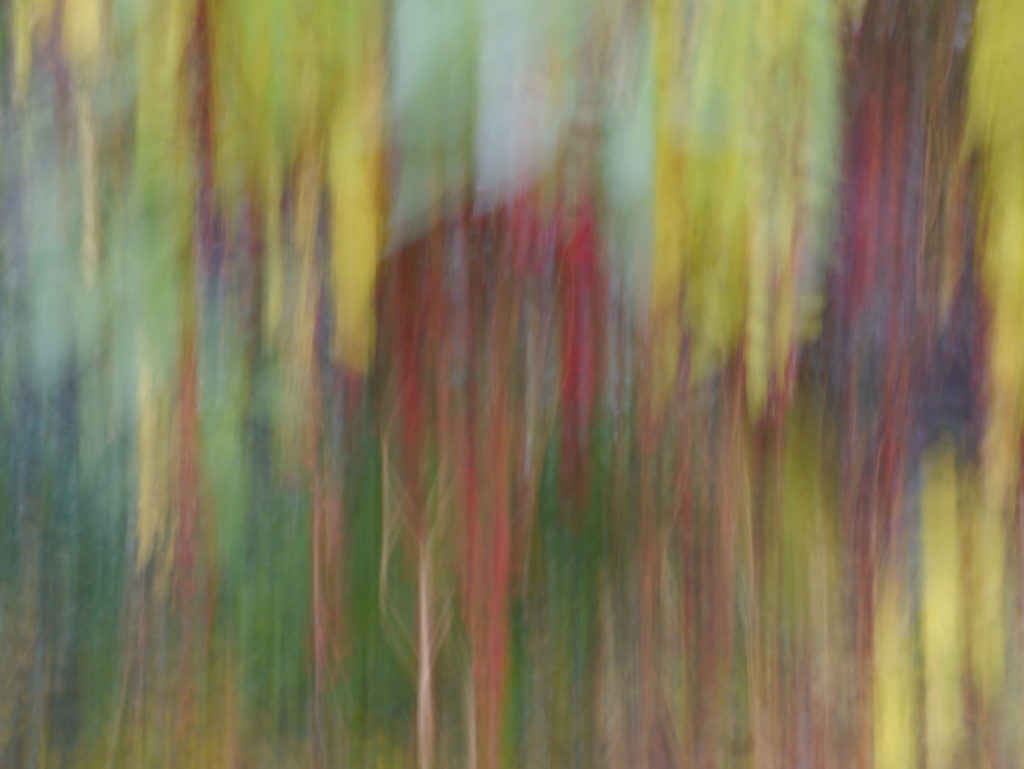
As many of you know, David duChemin is one of my favourite photographer/writers. I found out just last week that he would be presenting this weekend at the Art Gallery of Burlington (courtesy of the Latow Photography Guild), less than an hour from where I live. As luck would have it, I was able to get one of the last tickets to the all-day seminar on Saturday.
I first became aware of David’s work a few years ago through his company, Craft & Vision, which publishes e-books on photography, as well as Photograph Magazine. I like his equal emphasis on vision and craft, something you don’t always see in the photography world. His tagline, world and humanitarian photographer, also appeals to me. duChemin spends a lot of time on the road as a humanitarian photographer, workshop leader, and for his own personal projects. He lives intentionally.
At the seminar, duChemin was introduced as someone who frees minds, lights fires, and builds community. These are all qualities that I strive for in teaching my workshops. Five years ago, while teaching in Italy, duChemin fell off a wall and shattered both his feet – not a fortunate circumstance for anyone, let alone a world and humanitarian photographer. Yet, he began his talk by saying that the last five years have been the best of his life and that this accident re-calibrated his vision.
I’m going to focus on two areas that David addressed – vision (today) and story (next post). He helped me to see more clearly the differences between vision, voice, and style and how they relate.
Vision
Personal Vision is who you are and how you see the world.
We all have this, whether we’re aware of it or not. And, duChemin believes, as do I, that it’s important to bring introspection into our lives and become more self-aware. Life is too short to spend our time (and that includes what we photograph) on what doesn’t matter to us. Realize what you love and spend your time there. Our personal vision does change so we must keep observing and questioning. What are we drawn to? What do we love? By answering these questions, we will know what photographs to make.
Photography is not my life but it touches every aspect of my life. ~ David DuChemin
Photographic vision has to do with how and why we make this particular photograph. What is the intent? What is the theme? What do we want to say? How do we want it to feel? We can only know how to make this photograph beautiful, powerful, compelling, or evocative once we can answer these questions.
Voice
Voice is the expression of your vision. It is the how – the techniques you use and the composition you decide on. duChemin said that “art is a decision.” This is where craft comes in. We need to know how our camera works and how to use use it effectively to express ourselves. The art comes from the decisions we make and we can’t make those decisions if we don’t know what we want to say.
Style
According to duChemin, style is irrelevant; it’s not that your style is not there or that it’s not important; it’s just not something we need to focus on. Style develops organically from the way we express our vision. The more we know how to express who we are and how we see the world, the more consistent style we will have.
How do we do this? Through a daily pursuit of introspection – writing about our frustrations, becoming more observant (taking visual inventories), and asking questions. Always look back at your photographs and notice which ones light you up. What is it about them that expresses what you have to say? This is something we’ve been doing in the final weeks of the visual journaling workshop.
Photography is about exploration as much as expression. ~ David DuChemin
At the end of every month, I choose a favourite photograph for that month and put it in an album called Faves for that year. This helps me keep track of my changing vision. Check out My Visual CV, another way to reveal your vision.
Kim,
It sounds like you had a wonderful and inspiring time with David. I’m looking forward to reading all your posts on the experience.
I missed this post. I love the golden, shimmering colours of your image. Yes, we all have personal vision and I find this changes over time as we ourselves change.
I’m not sure I have a style in photography, but I have started a file of favourites for 2016. So I’ll see how that speaks to me at the end of this year!